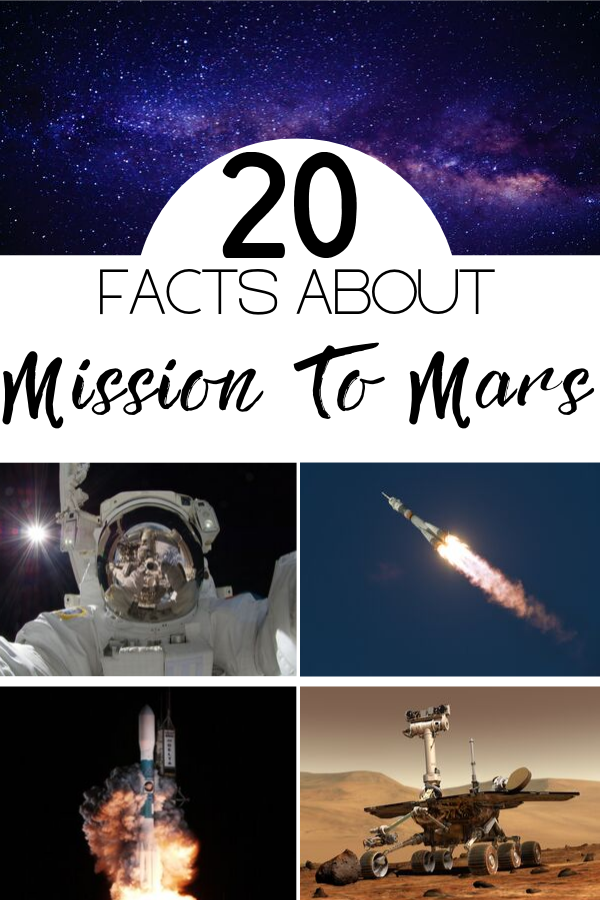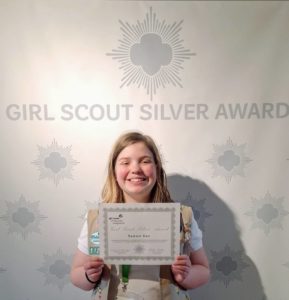Mission to Mars. So many attempts have been made to explore the solar system and various planetary bodies. The planet Mars has been one to attract the attention of man the most. Mars was one of the first known planets discovered by man; Mars is also the fourth planet from the sun and the second-smallest planet in the solar system. It is also true to say it is the closest planet to Earth.

I am sure those facts are not strange to most of us, but what we might not know are facts about how man has attempted to explore this planet (Mars), guess what? You are in luck.
I will be giving you 20 facts about Mission to Mars. Some of which you have heard about and others you will see for the first time.
20 Facts About Mission to Mars
- There have been 56 missions to Mars, out of which only 26 have been successful. The first Mars mission was the USSR’s Marsnik I in 1960. A total of 39 orbiters, rovers, and landers have been sent to Mars since then, with only 16 being successful. The Exobiology on Mars program by Europe kicked off in 2016. Europe’s Exobiology on Mars program, with the mission to search for signs of life and map the planet for environmental hazards, to human-crewed missions shortly.
- The cheapest Mars mission ever is India’s Mars Orbiter Mission (MOM), which costs just $72 million, less than the shooting cost of the movie “Zero Gravity.”
- There are only four countries that have been able to send rockets to Mars successfully. They are the USA, Russia, India, and the European Space Agency.
- Just two weeks into the nineteen week application period, more than seventy-eight thousand people have applied to the Mars One astronaut selection program in the hope of becoming a Mars settler in 2023. Mars One has received applications from over 120 countries. Most applications come from the USA (17324), followed by China (10241), United Kingdom (3581), Russia, Mexico, Brazil, Canada, Colombia, Argentina, and India.
- As of 2016, there have been 44 missions to Mars, starting with the Russian craft named Korabal 4 (1960) that failed to reach Earth’s Orbit. Lastly, the ExoMars Orbiter/Schiaparelli EDL Demo Lander (2016), that was a joint effort between the European Space Agency and Russia. This effort was only partially successful since the lander vanished after arrival.
- Missions to Mars are hugely expensive, which is why launches take place only when Mars and Earth are at their closest points of approach to each other. With Mars, this happens in intervals of 779.9 days, known as its synodic period for Earth.
- As stated elsewhere, getting to Mars is not easy, and Russia (or the erstwhile USSR), holds the unfortunate distinction of having suffered the highest number of total mission failures.
- The first-ever picture of the Martian surface taken was captured by the Viking 1 lander on July 20, 1976, as part of a program that was specifically designed to obtain high-resolution images of the Martian surface.
- NASA’s mission to Mars extended 352 million miles and lasted from November 26, 2011, to August 5, 2012.
- On the day of the landing, NASA’s website was temporarily knocked offline due to high traffic demand.
- More than 1.2 million people submitted their names to be sent to Mars, etched on a microchip that the curiosity rover will carry on its “back.”
- Curiosity’s mission to Mars is a two-year $2.5 billion project.
- Malin space science systems developed the cameras on the rover (curiosity), which are placed side by side to mimic human vision.
- The camera technology system, called Mastcam, can take high-def. video in 720p at six frames per second.
- Curiosity has a laser gun that can zap a rock from 23 feet away to examine its chemical composition.
- Curiosity entered Mars’ atmosphere at 13,200 mph, 17 times the speed of sound.
- Since the first successful flyby in 1965, four space agencies have successfully made it to Mars: NASA, the former Soviet Union space program, the European Space Agency, and the Indian Space Research Organization. Other, including the space agencies in Japan and China, have tried but not made it yet.
- The Viking missions by NASA revealed that the composition of Mars was almost identical to certain meteorites found on Earth. This suggested that some meteorites found on Earth were initially from Mars.
- NASA’s two rovers, Spirit and Opportunity, were sent to the surface of Mars in 2004. Each discovered ample evidence that water once flowed on the red planet. Spirit died in a dune in March 2010, while Opportunity continued work for nearly another decade. Opportunity fell silent during a sandstorm in summer 2018, and NASA declared the mission over in early 2019.
- Another NASA orbiter, the Mars Reconnaissance Orbiter, launched on August 12, 2005. It began orbiting the planet on March 12, 2006. The mission has returned more data than all previous Mars missions combined.

ปั้มไลค์ says
Like!! Great article post.Really thank you! Really Cool.